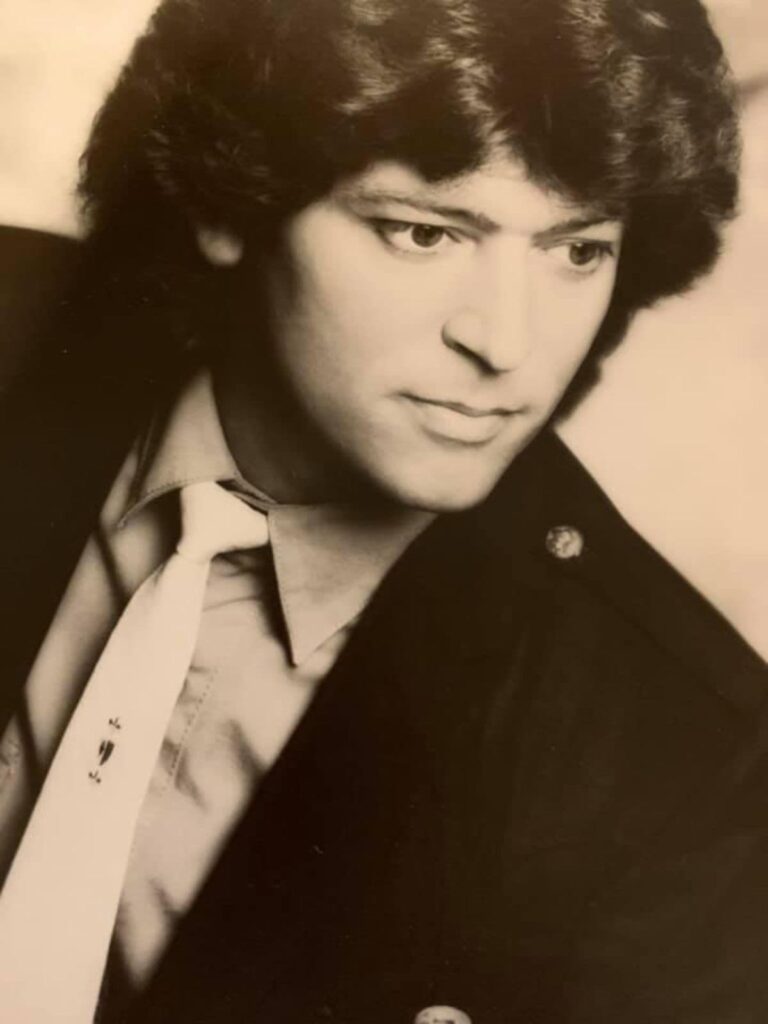
When a New Love Calls, An Old One Must Release You
Sometimes, the simplest songs speak the most profound truths. “Release Me (And Let Me Love Again)”, performed by the smooth-voiced Johnny Rodriguez, is one of those timeless pieces. Released in 1973, it was a pivotal part of his second studio album, All I Ever Meant To Do Was Sing. Though it was a single from the album, the song’s most notable chart success came through a different avenue. The original song, written by Eddie Miller and Robert Yount in 1949, had already seen success with country artists like Ray Price and Kitty Wells. Rodriguez’s version, however, re-ignited its flame. Interestingly, his single was part of a double-A-side release with “Ridin’ My Thumb to Mexico,” and while that song reached the #1 spot on the Billboard Hot Country Singles chart, “Release Me (And Let Me Love Again)” also enjoyed immense popularity and is often associated with his early rise to stardom.
For those of us who grew up with country music as the soundtrack to our lives, this song is more than just a tune; it’s a memory. It evokes the feeling of a late-night drive, the hum of the radio cutting through the quiet of the road. It’s a song that speaks to a very specific, and often painful, human experience: the end of a relationship where one person has moved on while the other is still clinging to a past that no longer exists. The lyrics are a gentle, yet firm, plea for freedom. The singer isn’t asking for permission to be with a new love; he is stating a fact. The new love exists, and the old love is simply a burden that must be shed. This isn’t a song about betrayal or heartbreak in the traditional sense. It’s a song about a life that has gone cold, a connection that has frayed beyond repair. The line, “To live together is a sin,” isn’t meant in a religious sense, but in a moral one—it’s wrong to continue a charade that is harming both parties.
The story of Johnny Rodriguez himself adds a layer of poignancy to this song. A true country music pioneer, he was a trailblazer as one of the first major Hispanic stars in the genre. His life, a winding road of immense success and personal tribulation, seems to echo the reflective melancholy of his music. He arrived in Nashville in 1971 with little more than a guitar and a dream, a young man from a small Texas town. His voice, a unique blend of smooth delivery and deep-seated emotion, resonated with audiences immediately. There’s a certain authenticity in his voice that makes you believe every word he sings. He isn’t just performing a song; he’s telling a story, one that feels intimately familiar to anyone who has ever felt trapped in a relationship that has lost its spark.
As the years have passed, the song has become a powerful symbol of a bygone era of country music—a time when lyrics were simple, heartfelt, and delivered with an honesty that could cut right to your soul. The instrumentation is classic country—the steel guitar weeping in the background, the subtle rhythm section providing a steady beat for the story to unfold. It’s the kind of song that makes you want to sit on a porch swing with a glass of sweet tea, watching the sun go down and reflecting on the loves of your own life. It’s a reminder that sometimes, the most loving thing you can do for someone—and for yourself—is to let go.